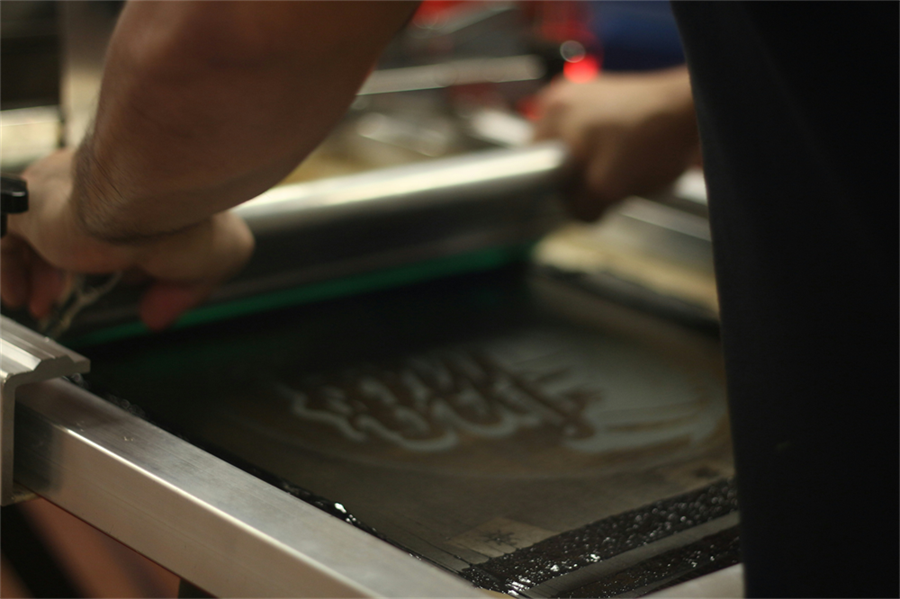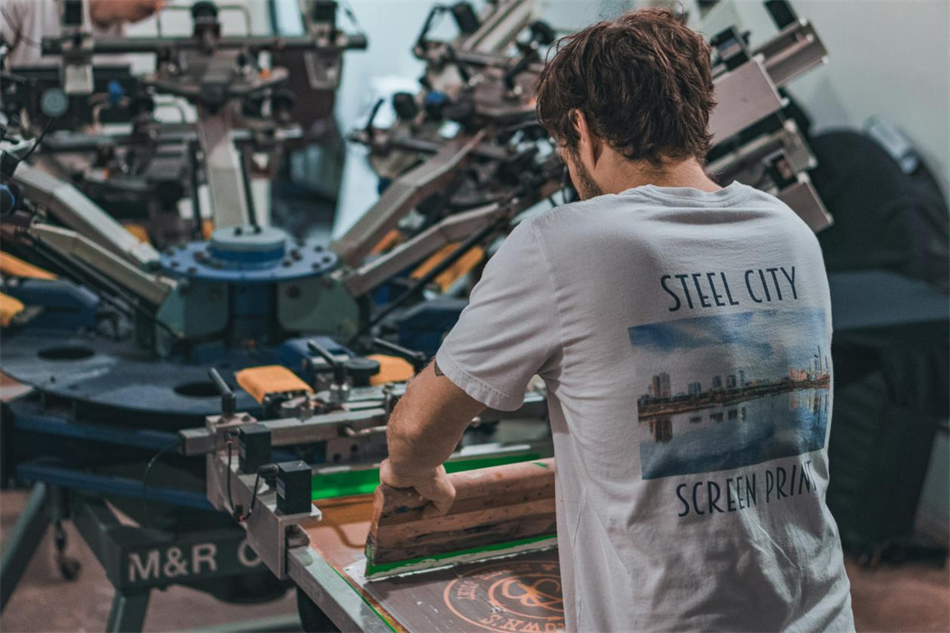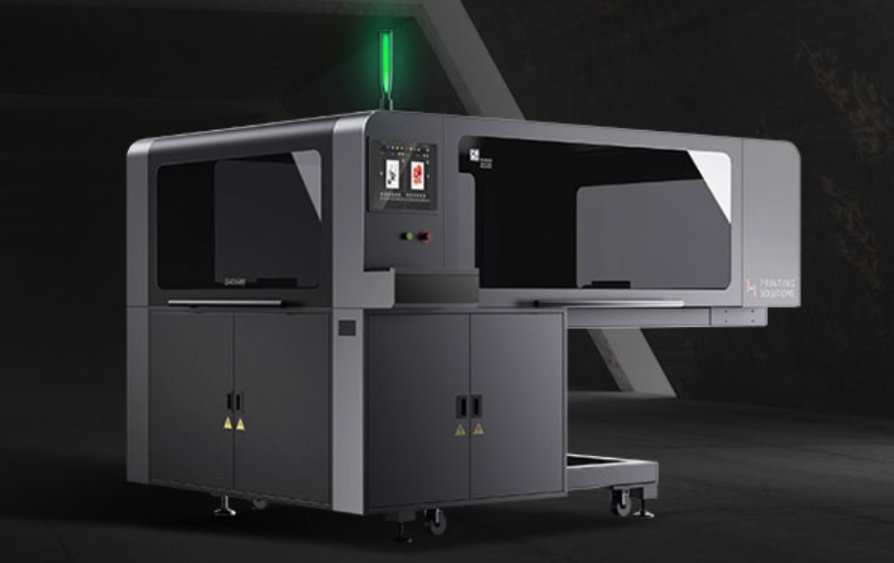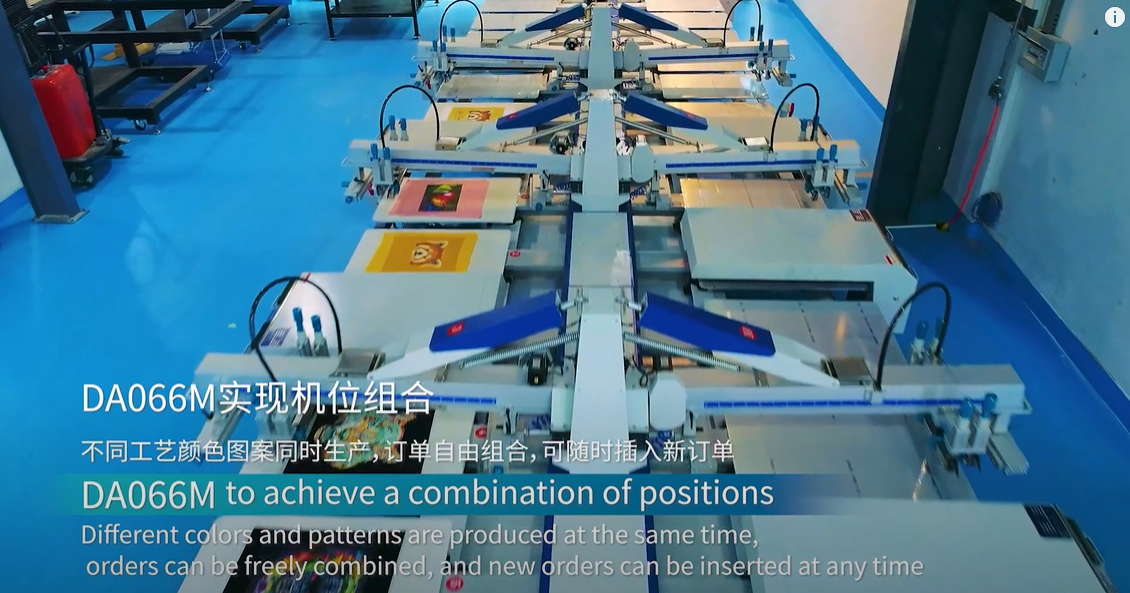Hybrid DTG Printers Drive Textile Printing Trends in Southeast Asia: Efficiency, Sustainability, and Personalization Converge
In Southeast Asia, screen printing has traditionally been a significant method for fabric printing. However, with the rise of personalized fashion trends and increasing environmental concerns, it can no longer meet the current demands for garment printing. Countries such as Bangladesh, Vietnam, Myanmar, and Indonesia, key players in the global textile supply chain, have already started adopting digital textile printers for garment production.

The Main Pain Points of Screen Printing
Southeast Asia is a crucial market for garment production and processing. Many garment processing companies in this region use screen printing machines for mass printing, particularly for brand names, logos, and striped patterns with high repetition. This printing method is relatively low in cost and is especially economically advantageous in large-scale production.

However, in recent years, the emergence of fast-fashion and personalized consumption trends has driven the garment market towards small-batch, customized production. Many apparel brands respond to the constantly changing global market demand by quickly launching new products and offering small-batch customization.
Yet, many garment factories face some pressing issues when accepting orders for T-shirts, hoodies, and other garments:
● Complex customized patterns: Screen printing is limited by the mesh size and cannot effectively reproduce intricate and detailed pattern elements, nor can it achieve gradual color transitions.
● Cost issues: For complex or multi-color patterns, more screens need to be produced and printed in multiple registration steps, significantly increasing production costs and time. If the print volume is low, it will be difficult to generate profits.
● Environmental issues: The traditional screen-making process generates a large amount of wastewater containing chemical residues and heavy metals, and this process also consumes a significant amount of water, making it difficult to meet modern environmental standards.
Why Choose Hybrid Digital Printing?
How to solve the above pain points? The HPRT DA066M series Hybrid DTG printers provide a solution.
In the fully automated hybrid printing system, this high-volume hybrid direct-to-garment printer can be used in combination with flat-bed screen printing technology, with the main garment processing steps including:
● Coating: Evenly apply the pre-treatment paste on the screen using a squeegee or roller in the areas to be printed. Alternatively, use the DA066MW Hybrid DTG Printer to print the underbase white ink, especially suitable for printing on dark garments.
● Heat pressing: Heat press the coated area.
● Direct-to-garment printing: Use the hybrid direct-to-garment printer to perform color inkjet printing on the coated paste layer, supporting various types of patterns and colors.
● Curing: Dry the printed garments, usually using hot air drying or steam fixation.
This hybrid printing system which includes direct-to-garment printing, can
● Achieve high-precision, complex patterns and gradient effects with vibrant colors.
● Produce prints with excellent wash fastness and colorfastness.
● Suit small-batch, rapid production, as complex patterns and designs no longer require producing large quantities of screens, thus saving cost and time.
● Be environmentally friendly, reducing water consumption and wastewater discharge.
HPRT DA066M Series Hybrid DTG Printers
The HPRT DA066M series is a group of high-performance, high-productivity hybrid direct-to-garment printers with stable performance. It can be flexibly integrated into the hybrid printing systems of garment factories.

With its precise registration and calibration functions, it can ensure high consistency and accuracy, effectively avoiding quality issues such as printing misalignment, whether switching between digital printing and screen printing, or replacing different types of equipment.
Its highlights include:
● High-efficiency production: Equipped with industrial-grade printheads, it can achieve a printing speed of up to 350 garments per hour.
● Exceptional quality: Upgraded droplet control, printing detection, and ink arrangement technologies have improved pattern details and expressiveness, supporting pigment inks with wide applicability.
● High productivity: Combining the advantages of high-productivity elliptical machines and the convenience of digital direct-to-garment printing, it eliminates the need for screen-making and shortens the printing cycle, achieving a single-machine multi-process combination.
● Flexible operation: Supports various combinations of screen printing, white ink digital printing, and color digital printing, enabling single-pass multi-color printing without affecting production efficiency.

● Smart functions: Equipped with a secondary ink supply system, smart drying system, ink level alert system, new printhead cleaning system, and humidification device, making the operation simpler and more convenient.
This industrial textile printer is suitable for customized garments such as T-shirts and hoodies, including cotton and blended materials, allowing users to combine the advantages of traditional screen printing and digital textile printing to form a flexible and efficient hybrid printing solution.
Currently, the HPRT DA066M series Hybrid DTG Printers have been widely adopted by customers in Southeast Asian countries such as Vietnam and Cambodia, and can print various types of patterns to meet the needs of large-scale garment processing factories, with positive feedback.
In addition to the products themselves, HPRT also provides strong technical support and after-sales service, including:
● Actively responding to customer needs, providing online technical support and question-answering.
● Before equipment delivery, dispatching professional engineers to the site to assess the production line and ensure that the equipment configuration and installation fully meet the customer's requirements.
Based on the actual situation, providing customized integration solutions to help customers maximize the use of existing equipment.
● Arranging company training for overseas technical personnel, including the identification of wear-and-tear parts and troubleshooting processes.
In summary, as the market demand for personalization, environmental protection, and efficient production continues to grow, the adoption of advanced digital fabric printing technology has become a trend.
HPRT, a reliable textile printing machine supplier in China, sincerely invites all garment and fabric printing factories to learn about our product series. We offer a variety of digital printing machines, including direct-to-garment, direct-to-fabric, and dye-sublimation digital textile printers, to help you maintain a leading position in the fierce market competition.
Feel free to contact us to obtain more product information and professional consultation services.









